Cannabinoid THC Dominant
THC 19 - 22.33%
CBD 0.4 - 0.83%
Effect Concentrated
Side Effect Concern
Flavor Lemon
Animal Land Strain
THC
CBD
Potency
Animal Land, also known as Animalland, is an evenly balanced strain that has quite a remarkable lineage. The offspring of Animal Cookies and Candyland, it combines the best traits of its parents, creating a truly special high that is both super uplifting and relaxing, making it ideal for social get-togethers and Friday movie nights. When it comes to cannabinoids, the THC levels in the weed are 19-22.33%, while its CBD levels can vary from 0.4 up to 0.83%. These numbers may seem high, however, in reality, the effects of the strain are considered moderate and soft, so both experienced smokers and novice users can safely consume it without the risk of being couch-locked.
How the Weed Smells and Tastes
The Animal Land strain has quite a remarkable composition of cannabis terpenes, including myrcene, nerolidol, ocimene, caryophyllene, humulene, pinene, limonene, and linalool. All this gives it a truly phenomenal aroma, both gassy and candy sweet, with a delicious perfume aftertaste.
Why Use the Animal Land Strain?
This marijuana produces lots of effects, making it perfect for medical and recreational purposes alike. To start off, the high starts with an uplifting boost that can fill you with a sense of euphoria, replacing any racing thoughts with pure unfocused bliss. Thanks to this effect, it can be a good choice for party pastimes and social get-togethers. Shortly after, it turns quite sedative. At this stage, most users find themselves rather tired and sleepy and, more often than not, end in a peaceful nap.
With these effects in mind, it’s not surprising that Animal Land is often used by medical patients suffering from insomnia, stress, depression, and anxiety. In addition to this, it proves to be an effective remedy for managing conditions such as:
- Epilepsy
- Phantom limb pain
- Muscle spasms
- Arthritis
- Multiple sclerosis
As a rule, users do not experience a lot of side effects after smoking this cannabis, however, if overdosed, it may lead to concern, fatigue, and even panic attacks. So, be sure to consume it with caution in order to prevent potential negative effects.
Tips for Weed Growers
In general, growing this weed isn't hard. What can be hard but possible is finding Animal Land seeds online. If you’re lucky, though, the plant grows well both indoors and outdoors and easily adapts to the environment. Furthermore, it doesn’t need much maintenance in the way of size control, as it grows quite compact and rarely reaches more than 60 inches high. Despite its relatively small height, though, the plant delivers quite impressive yields. If you choose to grow it indoors, it will produce up to 300 grams per meter, while its outdoor harvests can be up to 400 grams per plant, making it an appealing choice for most gardeners. What is also of note is that it has a fairly short flowering time of just 8-9 weeks. When the flower is ready to harvest, its buds turn minty green with orange hairs and a yellowish coating covered with white crystal trichomes.
Side Effects
Simply let us know how this strain tastes or write a detailed review.
Animal Land Strain Cannabinoids
| THC | Tetrahydrocannabinol, or THC, is a major cannabis chemical compound. It is a psychoactive element that stimulates dopamine release and induces euphoria or happiness. THC-rich strains may be helpful with such conditions as lack of appetite, chronic pains , etc. It is considered to be the primary active marijuana component. | 19 - 22.33% |
| CBD | Cannabidiol, or CBD, is a major compound in cannabis, which is non-psychoactive. It is also proved to counteract the side effects of the second major component THC. CBD is widely used for medicinal purposes in rubs, oils and so on. It is helpful in muscle pain cases, may treat arthritis and migraines. Even Greeks used it against pain, while Queen Victoria applied it to get rid of menstrual cramps. | 0.4 - 0.83% |
| CBC | Cannabichromene, or CBC, is a minor cannabinoid, meaning that its quantity in cannabis is quite little. Though it has the same origin as CBD and THC, it is different in functions. Without any psychoactive effects, it is an efficient cannabis compound in combating acne and depression. CBC produces analgesic, antibacterial and anti-inflammatory effects. | 0.11 - 0.42% |
| CBG | Cannabigerol, or CBG, is one of the minor cannabis compounds in adult plants. On the other hand, young ones contain a lot of this antibacterial and anti-inflammatory component. During the growth, CBG is converted into different cannabinoids, mostly THC and CBD. The compound itself increases appetite and decreases eye pressure. | 0.28 - 0.82% |
| CBN | Cannabinol, or CBN, is a trace element in cannabis that is considered to be mildly psychoactive. It appears from oxidation THC, exposed to light and heat. CBN is mostly contained in old cannabis and in traditional hashish. It is effective against insomnia, bacterial infections and appetite loss. | 0.04 - 0.23% |
| THCV | Tetrahydrocannabivarin, or THC-V, is a compound contained in cannabis in trace amounts. Even though it is close to THC molecularly, it is different in effects. This compound may be psychoactive only in large amounts. THC-V reduces blood sugar, controls appetite, stimulates bone growth, etc. African Sativa strains are the richest in THC-V. | 0.24 - 0.48% |
Animal Land Terpene Profile
| Pinene | Pinene is one of the most widespread terpenes in nature, found in pine trees, basil, nutmeg, parsley, and rosemary. Cannabis containing terpene (alpha-pinene or α-pinene) boasts a strong pine scent. Pinene is responsible for anti-inflammatory, pain-relieving, and anti-anxiety effects. | 0.09% |
| Myrcene | Myrcene (also known as β-myrcene) is one of the most common terpenes found in cannabis, representing more than 20% of the modern marijuana terpene profile. Myrcene has a distinct earthy, musky flavor, resembling cloves. It is responsible for calming and soothing effects of weed. Myrcene is also found in hops, thyme, mango, lemongrass, guava melon. | 0.33% |
| Ocimene | Ocimene (derived from the Ancient Greek word Ocimum meaning basil) is a terpene with sweet and herbaceous flavors, also boasting citrusy and woody undertones. Naturally, ocimene occurs in mint, parsley, orchids, hops, kumquats, mangoes, basil, bergamot, lavender, and pepper. Offers antifungal, anti-inflammatory, and antiviral properties. | 0.11% |
| Humulene | Humulene (also known as α-humulene) is one of the major terpenes found in cannabis, contributing to woody, earthy, spicy, herbaceous, and, mainly, floral aromas of cannabis. Used in modern medicine, humulene offers anti-inflammatory, antibacterial, and appetite suppressant effects, which have been well-researched by pharmaceutical companies. | 0.08% |
| Limonene | Limonene (also known as d-limonene) is the second most common terpene in nature and the third most common terpene in cannabis. It has a powerful citrus aroma and can be found in all citruses, including lemons, oranges, grapefruits, limes, juniper, etc. Limonene is known to elevate moods and provide anxiety, depression, and stress relief. | 0.04% |
| Linalool | Linalool (also known as beta linalool, linalyl alcohol, linaloyl oxide, and p-linalool) is one of the rarest terpenes found in cannabis, mostly in small quantities. Linalool is known for its spicy and lavender aroma, bringing relaxation and calming effects. It is also said to provide anti-inflammatory and analgesic properties that can be useful for athletes. | 0.05% |
| Nerolidol | Nerolidol (also known as trans-nerolidol) is a terpene found in jasmine, tea tree, and lemongrass, as well as in some cannabis strains. Nerolidol has a distinguished floral aroma with notes of citrus, apples, and rose. The terpene has sedative, anti-anxiety, antimicrobial, anti-parasitic, anti-oxidant, and pain-relieving properties. | 0.12% |
| Caryophyllene | Caryophyllene (also known as beta or b caryophyllene) is a terpene found in many herbs and spices, such as black pepper, basil, rosemary, and oregano. Cannabis high in caryophyllene delivers a strong spicy, peppery aroma, resembling cinnamon and cloves. Caryophyllene offers potent anti-inflammatory and sedative effects. | 0.18% |
| Total terpenes content | 1.00% |
Growing Info
Animal Land strain lineage
Similar Strains
THC 18.5 - 22.25%
CBD 0.02 - 0.52%
Effect Euphoric
Flavor Pine
THC 22 - 26%
CBD 0.9 - 1.13%
Effect Concentrated
Flavor Rose
THC 17.5 - 24%
CBD 0.46 - 0.88%
Effect Sleepy
Flavor Lemon
THC 19.6 - 21.2%
CBD 0.54 - 0.91%
Effect Creative
Flavor Flowery
THC 16.96 - 18.98%
CBD 0.39 - 0.61%
Effect Giggly
Flavor Spicyherbal
THC 16.4 - 19.6%
CBD 0.16 - 0.45%
Effect Happy
Flavor Flowery
THC 21 - 22.75%
CBD 0.46 - 0.78%
Effect Euphoric
Flavor Sweet
THC 18 - 24%
CBD 1 - 1.15%
Effect Euphoric
Flavor Spicyherbal
THC 25.5 - 27.5%
CBD 0.26 - 0.47%
Effect Hungry
Flavor Spicyherbal
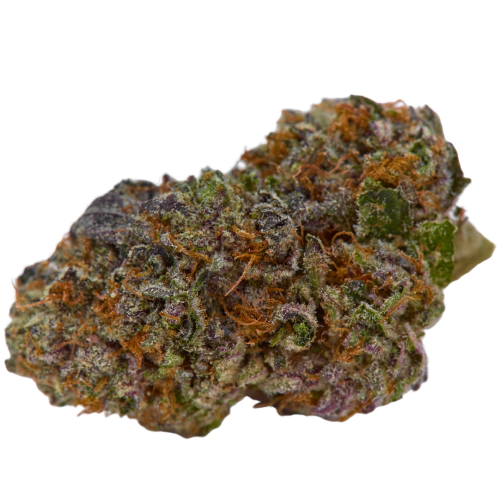
THC 17.4 - 19.6%
CBD 0.33 - 0.6%
Effect Sleepy
Flavor Pine

THC 15.6 - 18.4%
CBD 0.58 - 0.77%
Effect Sleepy
Flavor Sweet
THC 15 - 22%
CBD 0.41 - 1.43%
Effect Talkative
Flavor Woody
THC 17 - 27%
CBD 0.43 - 1.42%
Effect Energetic
Flavor Apple
THC 19.33 - 20.33%
CBD 0.56 - 0.78%
Effect Tingly
Flavor Spicyherbal
THC 9 - 10%
CBD 0.5 - 1.33%
Effect Calm
Flavor Pine
THC 16 - 16%
CBD 0.26 - 0.45%
Effect Aroused
Flavor Butter
THC 17 - 24%
CBD 0.31 - 1.17%
Effect Happy
Flavor Earthy
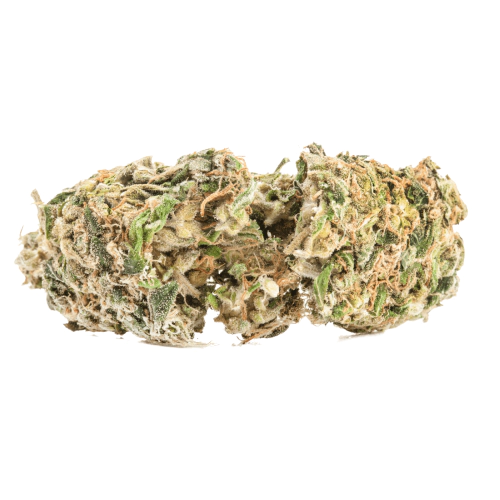
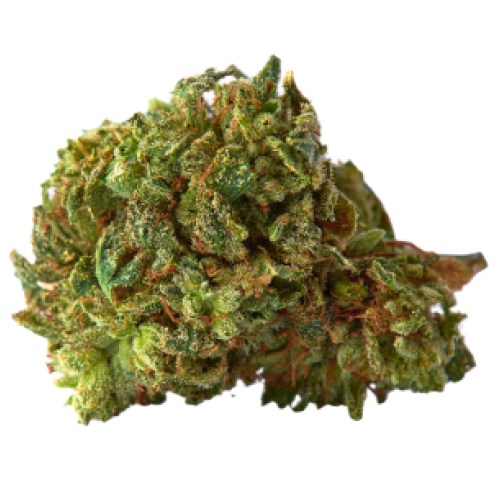

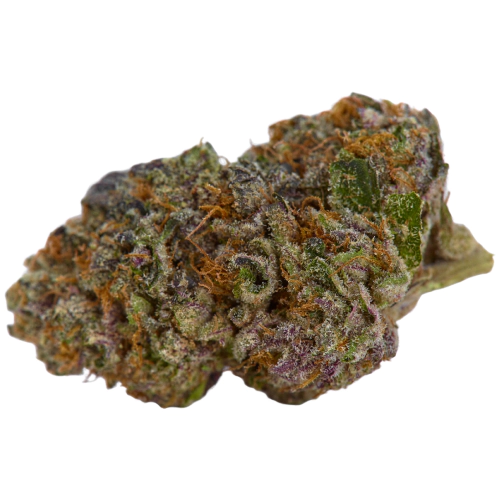
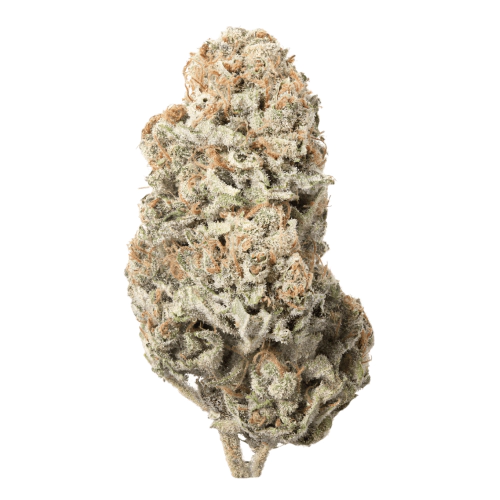
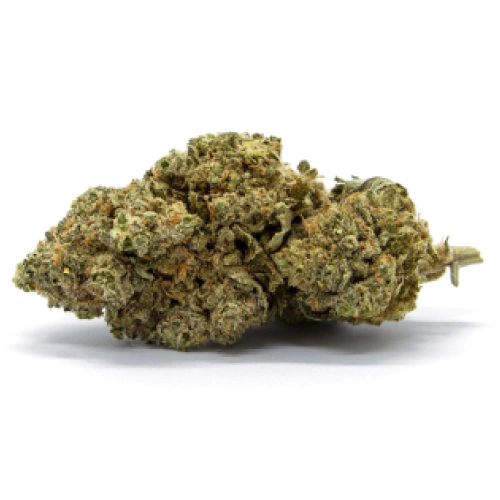
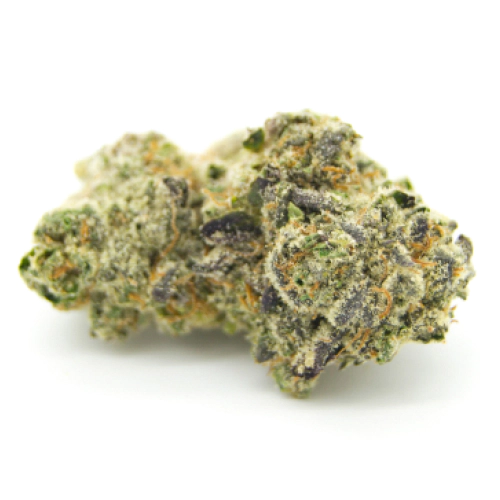
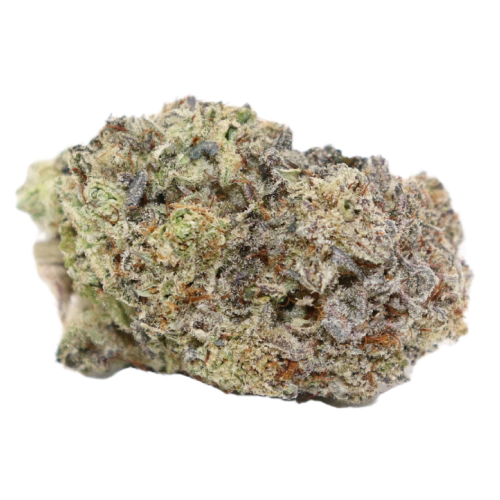
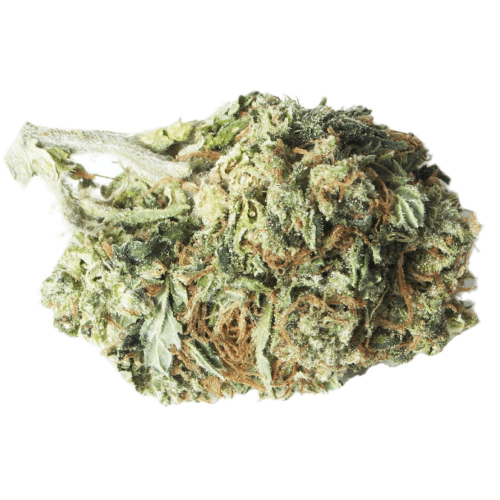
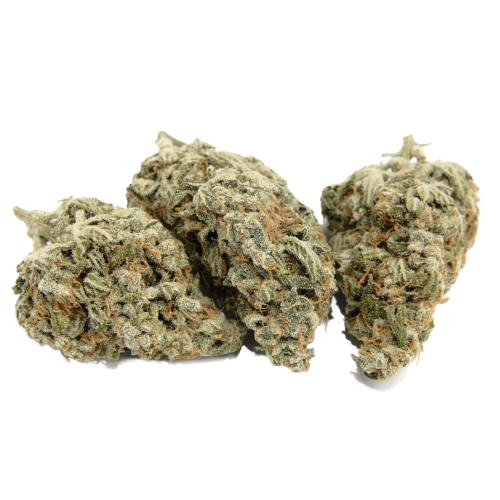
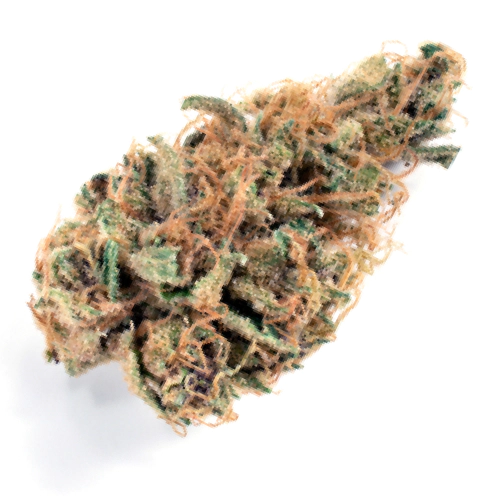
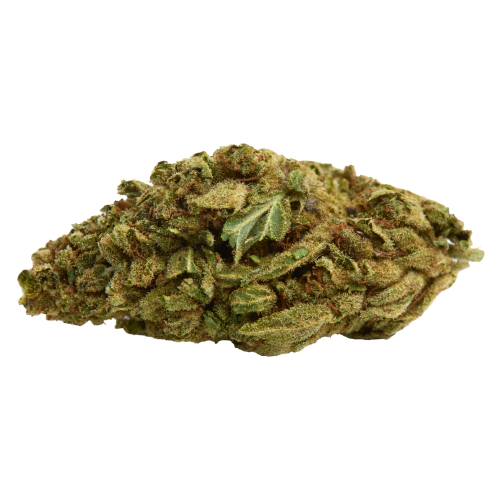
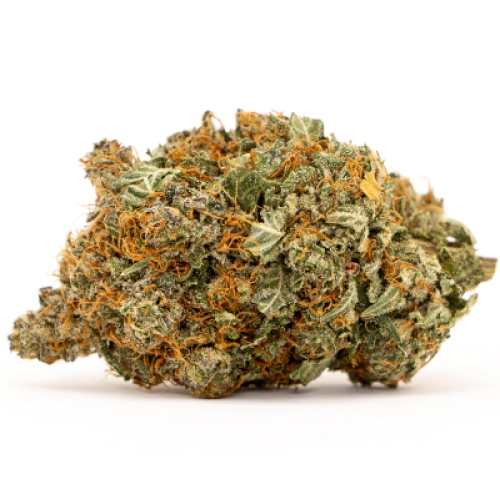



Be the first and share your opinion
Write a Review